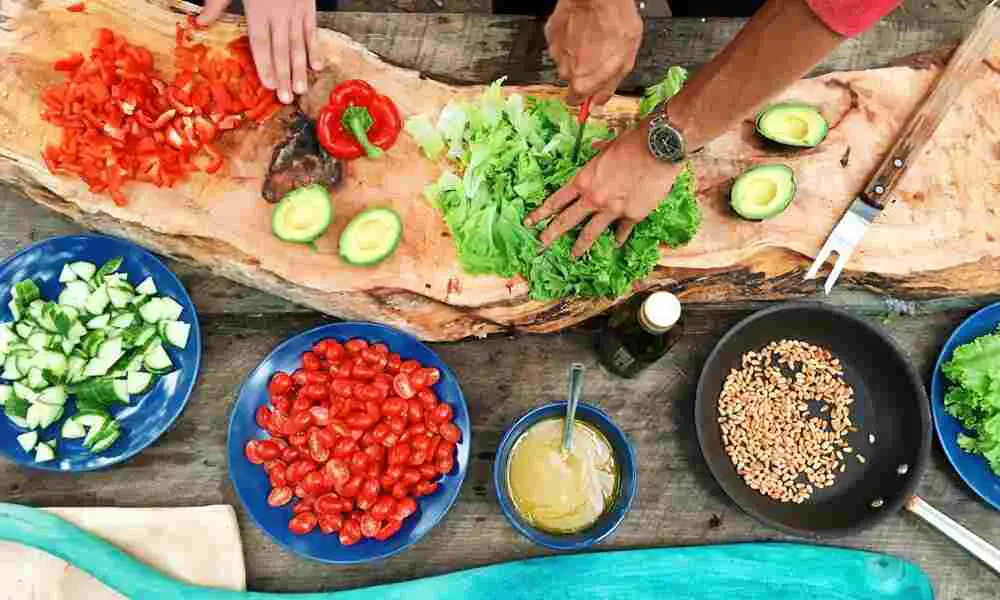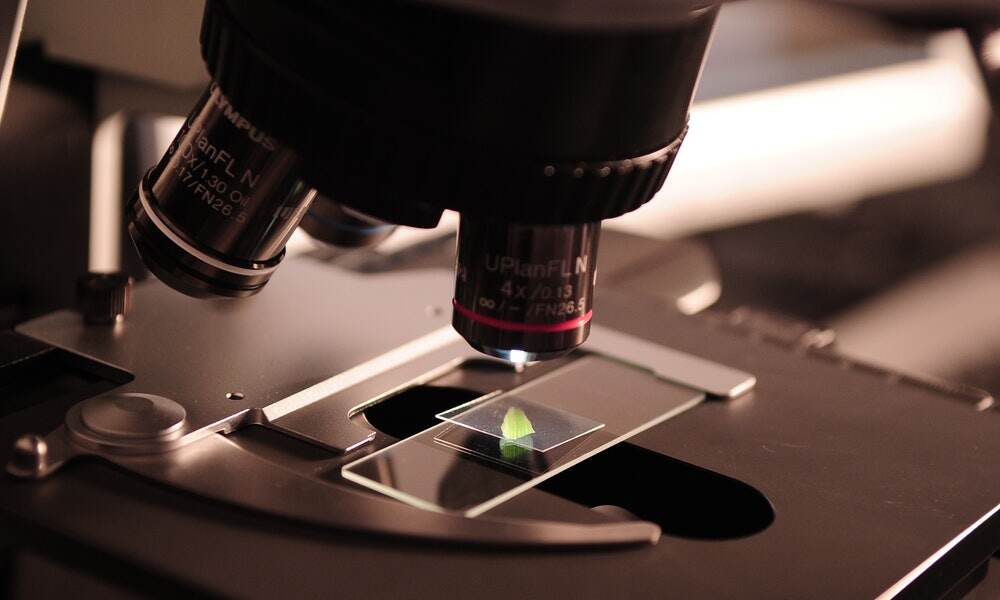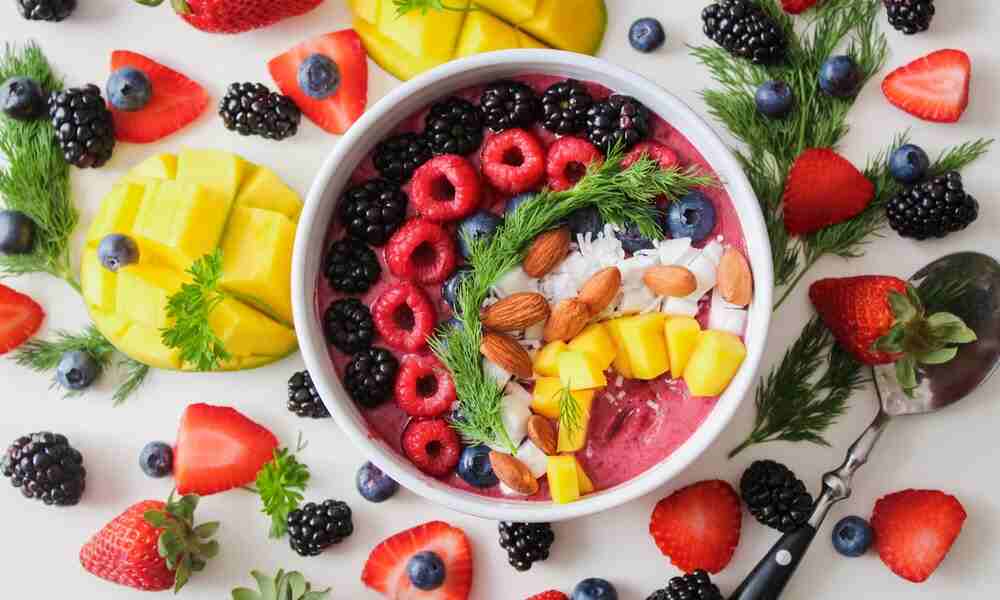Cooking is the process that makes food fit for human consumption. In essence, food that isn’t cooked or partially cooked may be detrimental to your health. However, not everyone can cook, similarly, those who can cook aren’t aware of certain cooking techniques or secrets. Therefore, we have compiled 100 facts about cooking you need to know to advance your cooking style.
Why is cooking so important?
As living things and as humans we need to eat food to stay alive and grow. However, eating healthy food is only made possible through cooking.
Who Invented Cooking?
There is no concrete evidence of when cooking started. But, archeological records reveal that traces of campfire were made 1.5million years ago by Homo erectus, one of the earliest human species.
Types of Cooking Method
There are numerous types of cooking depending on the food to be cooked and the desired outcome of whoever is cooking it. However, cooking types include grilling, roasting, baking, sautering, broiling, poaching, simmering, boiling e.t.c.
Fun Facts About Cooking
1. Did you know that eating raw food causes foodborne illness? These are illnesses transmitted through food like cholera, diarrhea and others.
2. The best way to cook vegetables is by using a microwave—it aids retention of nutrients.
3. Application of heat to food kills harmful organisms like bacteria and viruses present in the food.
4. The fear of cooking is known as “Mageirocophobia”
5. To maintain the bright color of vegetables, plunge them in ice water after blanching— For more effect add sodium carbonate or calcium oxide as they help to protect the vegetable chlorophyll.
6. Historically, women were most vulnerable to the dangers of cooking— As majority of them inherently love cooking, but, all thanks to technological advancement.
7. Oftentimes, the kitchen is nicknamed the “place of violence”. This is because there are high tendencies to be burnt, scarred, or cut.
8. Vegetables are the healthiest form of food— They constitute the major minerals and vitamins needed by the body for healthy growth.
9. Sadly, fast food increases the rate of obesity—many of them aren’t well cooked to meet up with delivery time.
10. You cut yourself less using a sharp knife compared with a blunt knife—sharp knife cut things using less force.
11. Scientific research shows that grilling, barbecuing, and smoking meat and fish can increase the risk of cancer— Oftentimes, harmful chemicals from the smoke are trapped inside the meal.
12. Butter lasts longer compared to other dairy products because it has so much fat— Fats have natural preservatives in them and tend to last longer.
13. Scientifically, vegetables that grow underground like carrot, potatoes are best-cooked beginning with cold water— It helps dissolve the starch and prevents overcooking when transfered to boiling water.
14. Fried meat will appear golden brown when you apply paprika (pepper) when frying.
15. Women spend more time cooking compared to men— Across many religious and traditional beliefs women are saddled with the responsibility of cooking and not the men.
16. The oldest evidence of cooking food dates back 1 million years ago in Africa.
17. Steaming is a form of cooking that helps food maintain its nutrients better than other methods— A method of cooking by immersion in steam.
18. The advent of cooking brought about an easy to digest diet— Cooking softens food for easy breakdown by the digestive system.
19. Perhaps, you want to bake cookies, to make them chewy, melt your butter. This makes the butter releases its moisture content and mixes with the flour properly.
20. When cooking it’s preferable to use pink himalayan salt which is healthier than normal salt— Pink Himalayan salt is similar to table salt, containing up to 98 percent sodium chloride.
21. To reduce the chemical in onions that causes tears from the eyes, chop your onions when chilled or under running water.
22. Baking soda neutralizes acidity in a tomato sauce compared to salt— This is because it is composed of sodium bicarbonate.
23. Lemon juice activates flavor receptors on the tongue similar to salt— Lemon juice is extracted from lemon fruits which are notably sour in nature.
24. Meat becomes tender when you apply lemon to it, since lemon breaks down the protein strings in meat.
25. Cookery is the art and practice of preparing food for consumption especially through the application of heat.
Mind Blowing Facts About Cooking
26. The processing, preservation, packaging method in mass quantities came into existence during the industrial revolution.
27. Starch with fat provides thickening to the food being prepared— They are known as food thickening agents.
28. Protein when heated becomes denatured and changes texture—it becomes softer.
29. Steaming form of cooking minimizes the loss of vitamins and minerals in vegetables.
30. Did you know that when cooking with alcohol, not all the liquor burns off? Most especially, when you cook food for a few minutes. Hence, to get rid of alcohol you must cook food for at least 3 hours.
31. Small amount of vinegar or lemon juice added to potatoes makes them extra white when mashed.
32. Food chopped on plastic cutting boards contains fewer bacteria compared to wooden boards— Plastic boards don’t harbor water when washed, whereas wood tends to absorb water which breeds bacteria.
33. Deep-fried food contains a high level of trans fat which leads to an increased risk of heart disease— trans fat is unsaturated fats containing carbon-carbon double bonds.
34. Some vegetables store their vitamin C in their skin like potatoes. Hence, peeling reduces its vitamin C content.
35. Medically, homemade food is healthier when compared with commercial processed food— oftentimes, commercial foods are made in a haste and with preservatives.
36. To get rid of the onion scent from your hands apply lemon juice— It deactivates all kinds of deep scent, although it may taste sour but the scent is nice.
37. You can sharpen your cutting blades by putting them in ice cubes— This fact is still argued by many scholars.
38. Vegetables that grow above the ground like corn or peas are best cooked beginning in boiling water— it softens their cell walls for easy digestion.
39. To test if spaghetti is cooked, throw one piece at the wall or ceiling. If it sticks, then it is done.
40. Keep your rice grains well separated when you cook by adding lemon juice— You won’t feel the taste and it gives your rice a more beautiful white appearance.
41. By putting a small bowl of water in your oven, you will successfully prevent your bread from being hard or brownish.
42. The application of a little salt or flour in a pan before frying prevents the oil from splashing out when hot— The salt soaks up some of the moisture in the food that causes it to splatter.
43. Your pasta won’t boil over when you place a wooden spoon or fork across the pot while your pasta is boiling.
44. Cooking makes food more digestible in the body— easy to chew and swallow and break into smaller pieces by the digestive enzymes.
45. Vinegar can remove the pungent order of food you don’t like— It’s a sour liquid formed from the condensation of alcohol.
46. Sticky food particles that stain your stove are easily removed by applying salt— Salt simply softens the stain.
47. Ground dry coffee can deodorize musty-smelling freezer— The coffee grounds will absorb the odor.
48. It’s easy to peel tomatoes by cutting an X shape on its top, then simmer in hot water for at least 10-15 minutes— To simmer is to cook something slowly with heat or below boiling point. After simmering, the tomatoes automatically shred into four pieces.
49. To get rid of garlic odor from your hands, rub your fingers on stainless steel like your kitchen sink— Garlic contains molecules of sulfur, however, the molecules of stainless steel bind with the sulfur when you rub your hands on it and cause a removal of odor from your hands.
50. A teaspoon of vinegar in simmering water prevents an egg yolk from breaking— The vinegar interacts with the egg membrane and makes it harden inside the eggshell.
Interesting Cooking Facts
51. Irrespective of how fresh a fruit may be, cooking enhances its flavor and texture depending on the cooking method like simmering.
52. Addition of oil to pasta doesn’t prevent it from sticking together, since the oil ends up floating over the boiling water.
53. To easily peel your potatoes, don’t hesitate to add a pinch of salt to them— salts soften the outer cell walls.
54. Did you know that carrot is a better sweetener when applied to sauce compared to sugar?
55. Cooking activity can appear burdensome when you don’t know the right tools and required ingredients to use.
56. Cooking at home is better compared to eating out—both medically and monetary.
57. The chopsticks you know today were initially designed for cooking and not eating— Originated from East Asia and measuring approximately 23cm in length.
58. Starch content is removed from food when you soak the item in water most especially tuber crops.
59. One of the things that aren’t subjected to copyright is cooking recipes. Therefore, you’re free to imitate someone else’s recipes without being penalized.
60. Research shows that raw cassava contains a toxic substance called linamarin— It’s capable of decomposing toxic hydrogen cyanide in the human intestine.
61. The application of oil prevents food from sticking to the bottom of the pan— Cooking oil acts as a lubricant when applied to the pan.
62. Medically, grilled food increases cancer risks— It’s a cooking device that utilizes radioactive and convective heat.
63. Burnt meat can damage DNA and genetic materials— This is because it’s highly carbonized when burnt which isn’t healthy for the body.
64. To get crispy chips after frying remove starch from the potatoes before you fry— starch is a thickening agent.
65. Salt enhances pleasant flavor, hence, reduces bitterness when added to coffee— The sodium content in salt diminishes bitterness by improving the flavor of the coffee.
66. Excessive consumption of nutmeg leads to hallucination— Nutmeg contains myristicin, a natural compound that has mind-altering effects if ingested in large doses.
67. Medically, carrots improve eye vision— Carrots are rich in beta-carotene, which the body utilizes to produce Vitamin A, which in turn improves vision.
68. Surprisingly, the hottest part of chili pepper isn’t the seeds but the flesh.
69. Oatmeal is an effective food stabilizer, most especially in ice cream— Oatmeal keeps all flavors equal and balanced.
70. To easily clean a stubborn cast iron pan, just fry the stuff on the bottom in oil—it pops up immediately.
71. Fresh fruits contain more nutrients and vitamins in their raw state— Majority of all cooking methods reduce nutrients in fruits.
72. Honey has an infinite life span and it’s a natural preservative. This implies it doesn’t get spoiled.
73. Cracking eggs on a flat surface prevents their shell particles from entering it.
74. Fresh ingredients contain more nutrients than processed ingredients— During processing certain nutrients are extracted from the ingredients.
75. Coarse ground pepper is best used for finishing dishes—boosting flavor.
Surprising Cooking Facts
76. Grilling (barbecue) is a common cooking method that produces toxic by-products known as PAHs— Polycyclic Aromatic Hydrocarbons.
77. Addition of brown sugar improves the flavor of your tomato sauce by absorbing its sour taste.
78. Sprinkling flour on your bacon reduces grease splatters— Flour absorbs the moisture content in the bacon which causes it to splatter.
79. Chilled ginger is easy to grate— It’s cell walls get softened for easy removal.
80. To prevent the butter from over-browning in your pan, add a little bit of lemon juice
81. Rinsing rice before cooking reduces the rate at which it sticks together while cooking— Rinsing reduces its starch content which causes it to stick.
82. When reheating leftovers in the microwave, place a damp paper towel on top. So, as the water heats up and creates steam, it will hydrate the food underneath and help prevent toughness.
83. Did you know that an electric stove heats faster than a gas stove? This is because an electric stove is composed of coil burners which heat up very fast.
84. It’s easier to scoop out small broken egg particles in an egg using its shell.
85. Fiber-rich fruits and vegetables boost gut health— The main body gut are the intestines which need minerals and vitamins to stay healthy.
86. Watermelon with the yellowest patch on its bottom appears to be ripe on the inside.
87. When juicing limes or lemons, cut the bottom off first so that all the juice runs through the fruit instead of getting trapped in the rind.
88. Preferably for sauces use finely ground pepper while cooking— it goes a long way.
89. Cooking meat makes it digestible but at the same time reduces its nutritional content most especially the grilling method.
90. Flexible spatula turns eggs without breaking when frying compared with a metal spatula, which is the reverse!
91. Eating your meat immediately after preparation spills out all the delicious juice. In contrast, allow it to cool a little bit before eating.
92. If you put eggs in the pan first, nothing sticks to its bottom as you cook further— Eggs are somewhat oily in nature and serve as a lubricant.
93. Sprinkling ingredients from a distance makes it evenly distributed than sprinkling from a close distance.
94. Allow your water to boil before putting in your pasta— It prevents it from being sticky.
95. It becomes difficult for your sauce to stick to the pasta when you rinse off the starch molecules after cooking it.
96. A damp paper towel placed under a cutting board prevents it from shaking when cutting something with a sharp knife.
Statistics About Cooking
97. Pepper appears to have more vitamin C than oranges— A single cup of chopped red pepper contains 190 mg of vitamin C – almost three times more than an orange.
98. For those who use alcohol to cook, know that 85% of the alcohol is trapped inside the food cooked except you cook your food for long hours.
99. Improper ventilation from cooking fumes accounts for 3.3% of death per annum.
100. About 1.5 million people die every year from indoor smoke— Inadequate ventilation while cooking leads to the accumulation of cooking smoke, which is harmful to the health.









0 Comments